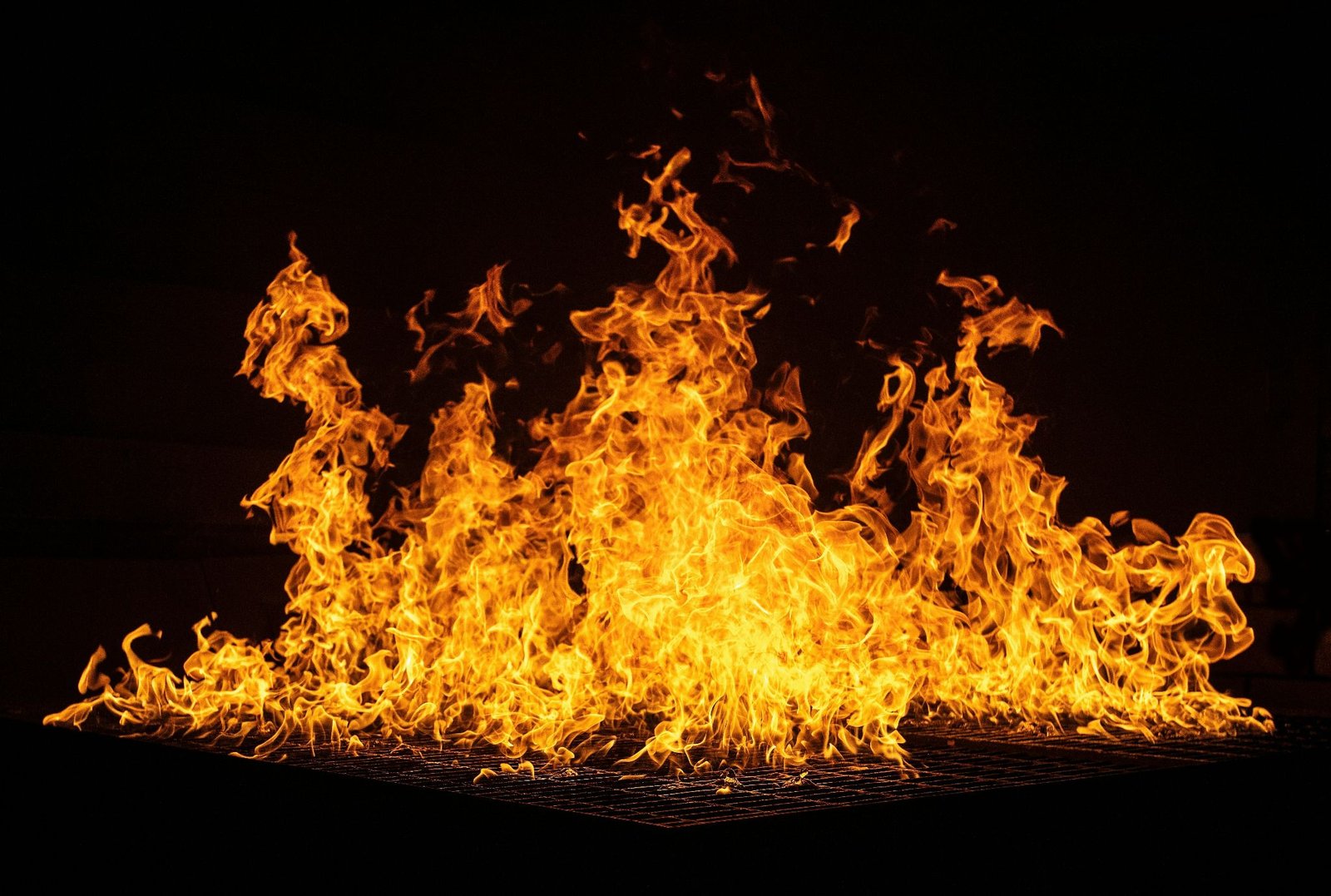A house fire can be a terrifying and devastating experience. The damage it leaves behind can feel overwhelming, but take a deep breath! Recovering your home is possible by getting in touch with a company that offers residential fire damage remediation services. This guide will walk you through the steps of fire damage restoration, from the immediate aftermath to getting your life back on track.
Steps to Follow for Home Restoration
A house fire can take a toll on your mental health. Here are the things you can expect will happen during the residential fire damage remediation process:
Safety First – It Can’t Be Stressed Enough
Before diving into restoration, safety is key. Never enter a fire-damaged building unless the fire department declares it safe. Smoke inhalation risks and structural instability are serious concerns.
Contacting Your Insurance Company – Get the Ball Rolling
Once the fire department gives the green light, contact your insurance company as soon as possible. They will guide you through the claims process and likely recommend qualified restoration companies.
Securing Your Property – Keeping Things Safe
While you wait for the restoration company, take steps to secure your property. Board up broken windows and damaged doors to prevent theft and vandalism. If the roof sustained damage, install a temporary tarp to protect your belongings from the elements.
Letting the Professionals Take Over – Expertise Matters
Fire damage restoration is a complex job. Professionals have the training and equipment to handle everything from structural repairs to smoke and soot removal. Working with a reputable company will ensure a safe and thorough restoration process.
What does the restoration company do?
Once you get in touch with a restoration company, this is what they will do for you:
Assess the damage
They’ll meticulously examine your home to identify the extent of the damage, including smoke and water infiltration.
Develop a restoration plan
This plan will outline the steps needed to restore your home, along with a timeline and estimated cost.
Water removal and drying
Extinguishing a fire often involves significant water use. Professionals will remove excess water and ensure proper drying to prevent mold growth.
Smoke and soot removal
Smoke and soot damage can be extensive. Restoration companies utilize specialized techniques to remove smoke particles and deodorize your home.
Cleaning and decontaminating
Fire can leave behind harmful residues. Professionals will clean and decontaminate affected areas to ensure the safety and health of your family.
Documenting Everything – Keeping Track for You and Insurance
Keep detailed records of everything related to the fire and restoration process. This includes:
- Photos and videos of the damage
- Copies of all communication with your insurance company
- Receipts for any out-of-pocket expenses
- A detailed log of the restoration process
This documentation will be invaluable when dealing with your insurance company and ensuring you receive proper compensation.
Taking Care of Yourself – Don’t Forget Your Wellbeing
Recovering from a fire is emotionally draining. Focus on your well-being throughout the process. Here are some tips:
Home After a Fire
Connect with loved ones: Lean on your family and friends for emotional support.
Seek professional help: If you’re struggling to cope, consider talking to a therapist.
Take breaks: Don’t try to do everything simultaneously. Allow yourself time to process and heal.

